Helping homeless students: CCSD boosts outreach during holiday season
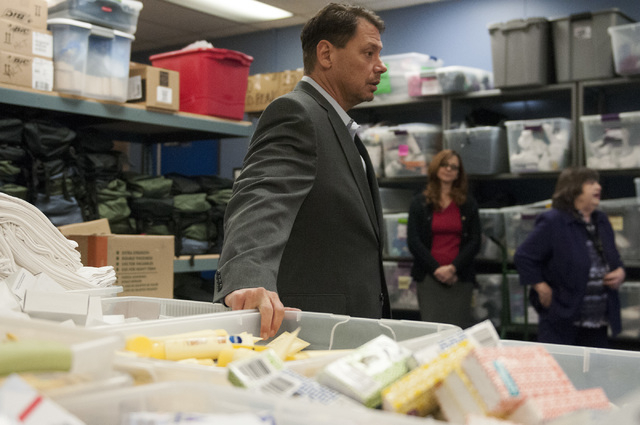
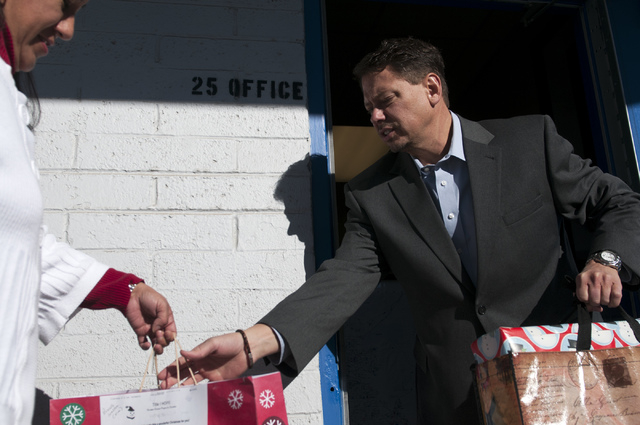
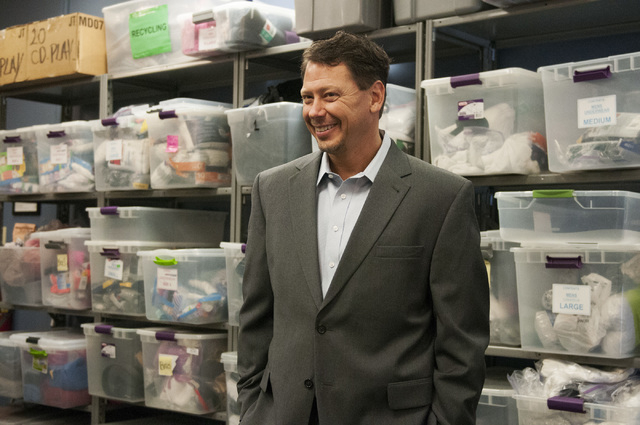
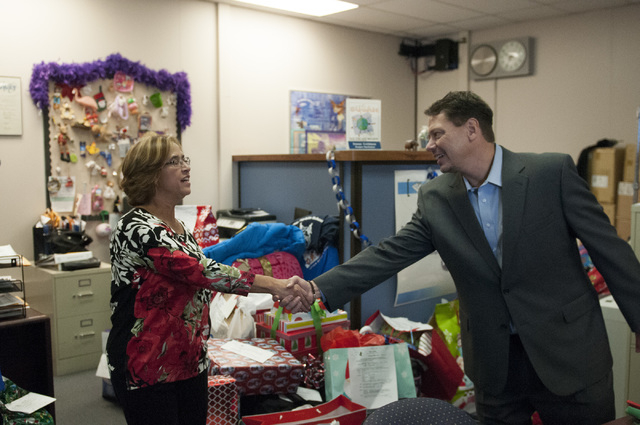
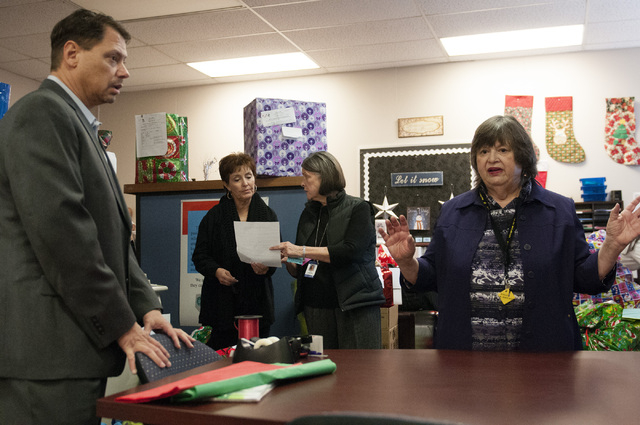
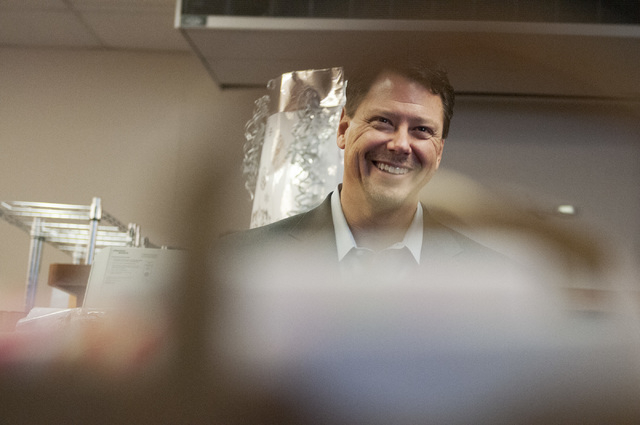
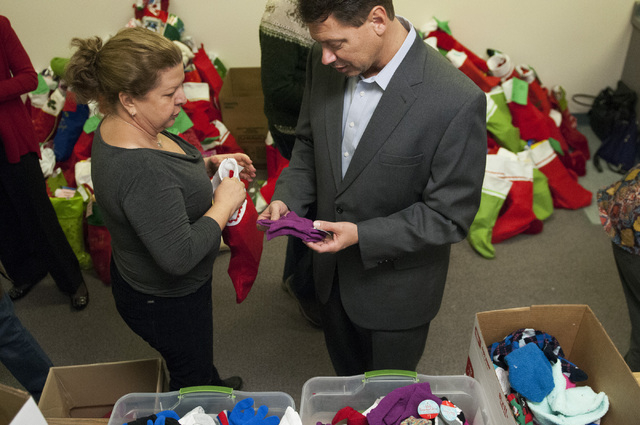
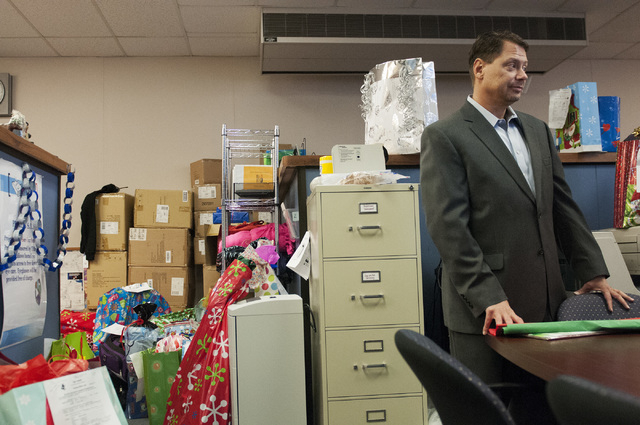
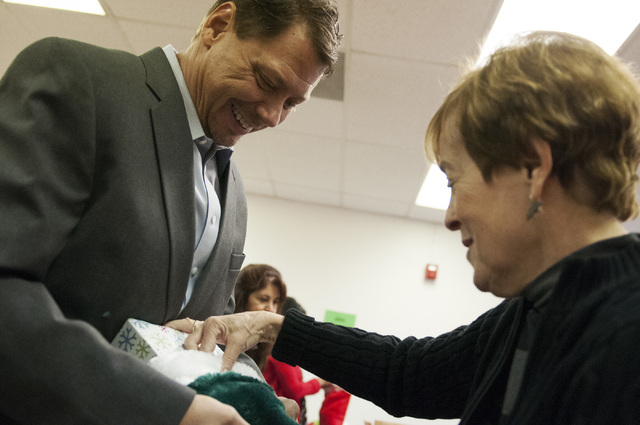
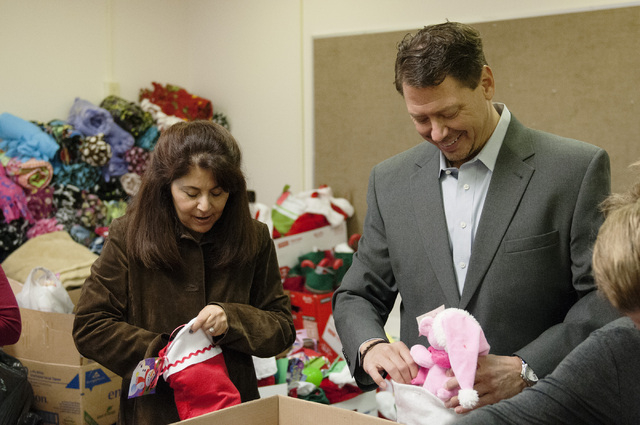
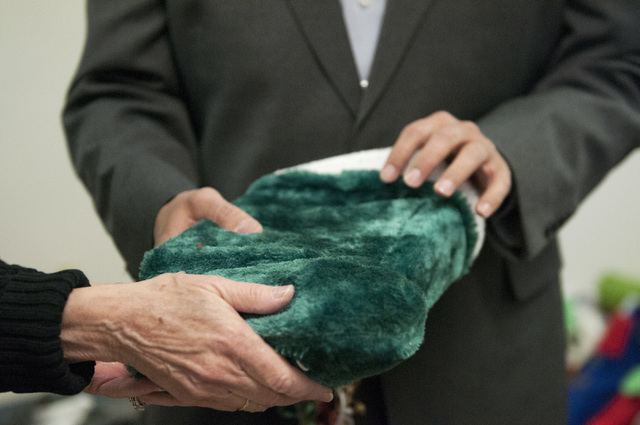
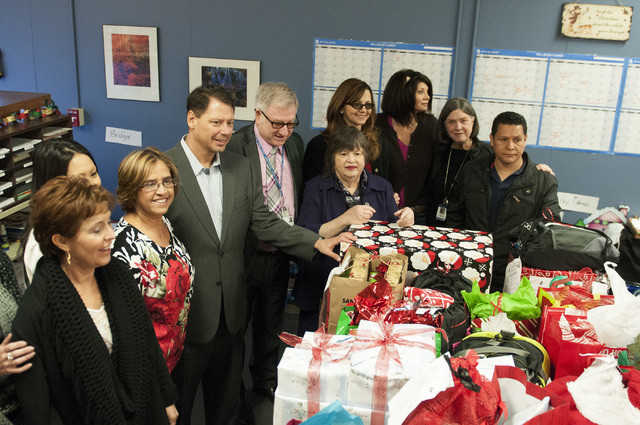
He spent his junior year of high school at the Clark County Detention Center for conspiracy to commit robbery.
Before that, expulsions tossed him back and forth between behavior schools and regular high schools, which he barely attended.
“I was a bad person,” said Antonio, a tall, lean 17-year-old who prefers not to use his last name and wears his shoulder-length black hair pulled back. “I had no feelings for anything.”
Antonio was released in August and now attends Rancho High School as a senior. He said last week that he feels “out of place” back at school, but he shares something with a growing number of Clark County students.
He’s homeless.
More than 6,092 students are reported as homeless by the Clark County School District, 110 of whom attend Rancho, near Eastern and Owens avenues. The number is not an estimate. It’s not extrapolated from a poll.
Each one of the 6,092 is a child, in kindergarten to 12th grade, identified as homeless by someone called a homeless advocate. All 357 district schools have a homeless advocate, a volunteer who often works as the school registrar, which puts them in a perfect position to identify these students as they enroll.
The number of identified homeless students has increased by 64 percent since 2005-06 when the district reported having 3,710 students who met the federal definition of “homeless.”
Those who live with their family in a car, on the street, or who sleep on friends’ couches, all these students are considered homeless. Federal guidelines also include those in families who have moved to weekly hotels or the homes of extended family because they don’t have a “fixed, regular, and adequate nighttime residence,” according to the McKinney-Vento Homeless Assistance Act.
For high school students like Antonio, the definition of homeless also includes students older than 16 in independent-living facilities. Antonio turned 17 in jail. After he was released, he didn’t return to his parents’ home.
HOMELESS YOUTH IN EVERY SCHOOL
The nature of homelessness among youth runs the gamut in Clark County, according to Susan Goldman, project facilitator for the district’s Title I office Homeless Outreach Program for Education, often referred to as Title I HOPE.
“There’s not one school in the district anymore without homeless students,” Goldman said. “These students are really, really in need.”
Her office has long provided clothes and food, but students are now asking for toilet paper, detergent and the bare essentials, according to Dee Fite, also a district Title I HOPE project facilitator.
“You don’t think about those things,” she said. “We just have them.”
But the district’s office for homeless students goes a step further during the holiday season, which was evident Dec. 13 at its headquarters in central Las Vegas.
A dozen volunteers stuffed red-and-white stockings with candy, books, gift cards, toys and toiletries for older students. Stockings were divided into piles for girls and boys in all grades. What started as six tiny hills with a few stockings each grew to heaps 4 feet high. A light saber poked out of an elementary schoolboy’s stocking.
When all is said and done, 2,500 stockings will be sent to homeless students at 60 schools, Goldman said. Volunteers, like Sue Wirshing, packed the stockings but never saw the children.
“We’re like the elves,” she said.
However, Title I HOPE, which called on schools in October to collect for the stockings, can’t stay abreast of the need, and is providing stockings to less than half of this year’s homeless students.
“It’s more homeless students than we’ve had. It’s scary,” said district Superintendent Pat Skorkowsky while filling a stocking.
Skorkowsky worried about the “explosion” of homeless students expected when unemployment benefits are cut at the end of the year and a new round of foreclosures hits at about the same time.
Angela Urquiaga, homeless advocate at Rancho High School, sees the trend firsthand. What was 10 homeless Rancho students a decade ago is now 110. Her office is crowded with bags of donated clothing and stacks of new shoes for students.
She knows their stories and sees many of the homeless students daily. She leaves her office door open and keeps Rice Krispies Treats and Pop-Tarts in sight. Between classes, students drop by to say hi and grab a snack. At lunch, she provides hot water and sets out 24 packs of instant noodle cups.
Antonio credits Urquiaga with his turnaround. He comes to school every day now and played football this year. There have been no disciplinary problems.
“Honestly, I felt out of place at school,” Antonio said. “But I come to her. She’s always there if I’m hungry, need a tutor, clothes.”
Beyond that, Urquiaga knows about his past crimes but doesn’t fault him for it, he said. She cries when he tells of his past, but even more so when he talks of the future, excited about college.
“I am so proud of you, son,” she said and hugs him. “I am proud.”
MAKING DONATIONS LAST
Urquiaga collects supplies for Rancho’s homeless students and shares with Cimarron-Memorial, Clark and Valley high schools, and Smith Middle School. She never says no to students in need, but finds the giving of the holiday season is short-lived. She tries to make the donations last throughout the school year, which can be a challenge.
She does have connections with some businesses, such as Cadeau Express, which provides amenities to hotels that want to impress high-end gamblers and select guests. The partnership has provided pallets of clothes and blankets for homeless students.
Nonprofits, such as Awakenings, have found her as well. Awakenings’ goal is to help Clark County’s homeless youth.
She sometimes chips in herself, remembering when she was homeless.
“I know the feeling,” said Urquiaga, once a single mother with four children who was kicked out of a one-bedroom apartment after the landlord found out how many people were living there. Her youngest was 1 year old at the time. She worked unloading trucks at Target.
One day during the holiday season, Urquiaga’s boss requested her in his office.
“I’m going to get fired,” she remembered thinking. “I don’t need this.”
She stepped into the office and saw her boss and several others standing there. They opened a door, revealing toys for her children and food for Christmas dinner. Ham, mashed potatoes.
Her students suffer like she did. “They still come to school, hungry. They still pass their classes,” Urquiaga said.
“And this is what students tell me. ‘I want a family of my own and for them to not go through this,’” said Urquiaga, wanting no credit for the help she provides students. “They deserve all the credit. I’m just a little, old lady taking the donations.”
Antonio is earning straight A’s this semester, has passed the four Nevada exams required to graduate and his football performance as wide receiver garnered an athletic scholarship from Dixie State University in St. George, Utah.
Those were his goals after spending a year in jail, seeing the men around him and thinking: “Am I really here?”
“I remembered thinking, ‘I know I can play football. I know I can go to college. I’m not dumb,’” said Antonio before heading back to class after asking Urquiaga for a snack.
He stuffed a Rice Krispies Treat in his pocket, bit into a cinnamon Pop-Tart and walked out the door.
Those interested in making donations to homeless students can call the district’s Title I HOPE office at 855-6682.
Contact reporter Trevon Milliard at tmilliard@reviewjournal.com or 702-383-0279.












